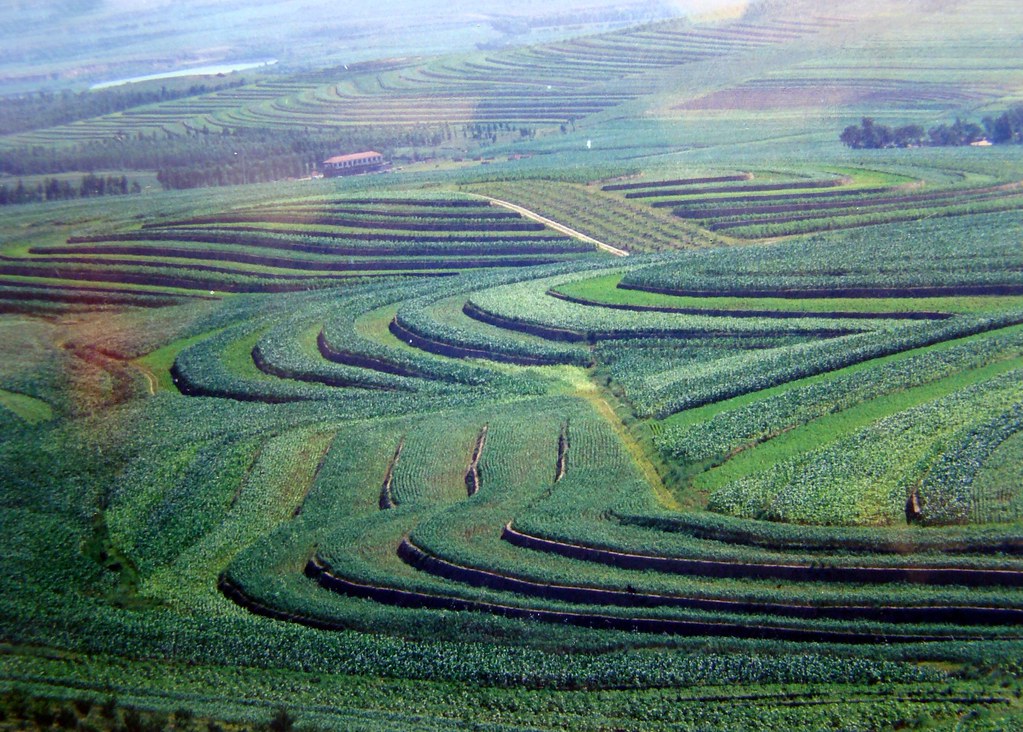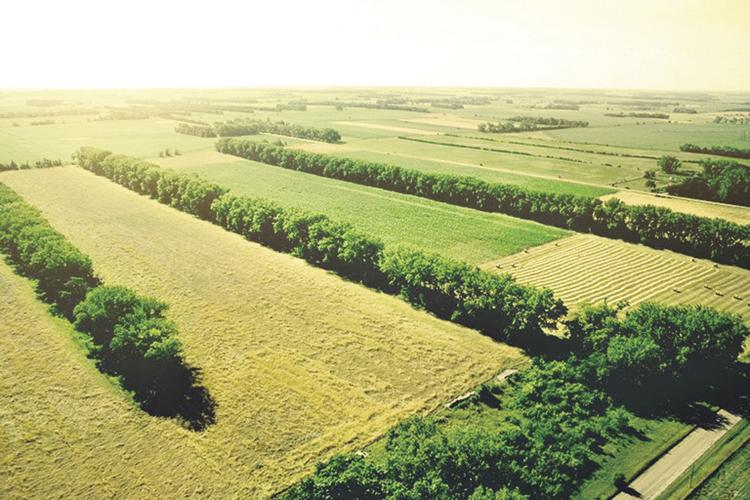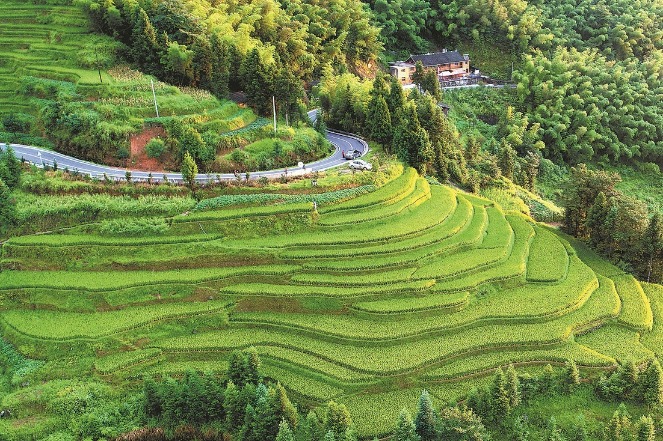U5 APES Urbanization & Land Use
1/17
There's no tags or description
Looks like no tags are added yet.
Name | Mastery | Learn | Test | Matching | Spaced |
|---|
No study sessions yet.
18 Terms
Tragedy of the commons
A concept that explains how shared resources are often overused and depleted when individuals act in their own self interests
Ecological footprint
A measure of the environmental impact of an individual.
zoning
a concept used in urban planning that involves dividing land into different zones or districts, each with specific regulations that govern how the land can be used.
Residential Zoning
Used for homes, apartments, and other living spaces.
Commercial Zoning
Areas set aside for business activities, such as shops, restaurants, and offices.
Industrial Zoning
Designated for factories, warehouses, and manufacturing.
Agricultural Zoning
Protects farmland and open spaces by limiting urban sprawl.
Mixed-Use zoning
Combines residential, commercial, and sometimes industrial uses in a single area.
Encourages more walkable communities with housing, shops, and offices close together.
Special Purpose Zoning
Zoning for specific uses, such as parks, schools, or hospitals.
Urbanization
Creation or growth of cities and other urban areas and their surrounding developed land
Urban Sprawl
the spread of a city and its suburbs into previously undeveloped areas
Clear cutting
a logging practice where all or most of the trees in a specific area are cut down at once, leaving the land mostly barren of trees.
The Green Revolution
Shift new agricultural strategies & practices = increase food production
Mechanization, GMOs, fertilization, irrigation, pesticides
Contour plowing
Plowing perpendicular to the slope of a
field.
(Slows the flow of water off the field
and thereby reduces erosion by water
on sloped land.)

Crop rotation
Planting a different crop in the same
field each season.
(Different crops have different
nutritional requirements. Changing
the crop that is planted in a field
each season removes different
nutrients from the field each season
and gives the soil bacteria time to
restore depleted nutrients.)
Low till/ No till farming
Planting crops directly into a cover
crop or previous season’s crop residues
rather than plowing the field between crops.
(stabilizing the soil against erosion by
wind and precipitation. Because low-till
farming disturbs the soil less, this method
supports a healthy community of soil
organisms such as worms and bacteria
which increase nutrient content of soil.)
Shelterbelts
Rows of trees at the edge of
farm fields.
(Trees serve as windbreaks
that slows the speed of the wind
at ground level and decrease
wind erosion.)

Terracing
Reshaping the ground on a steep slope
so that it becomes a series of flat
surfaces
(Soil erosion by precipitation is
greater on steep slopes. By turning a
steep slope into a series of flat fields,
Soil erosion is reduced.)
